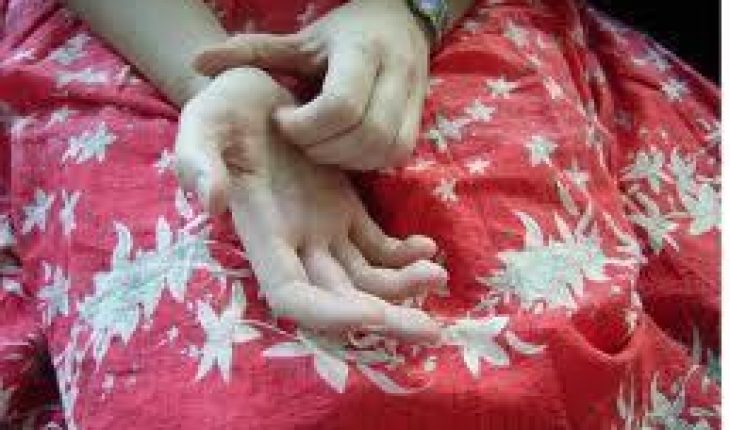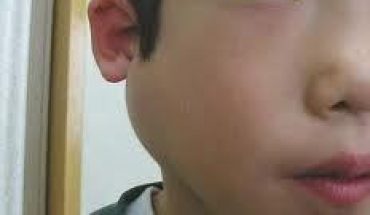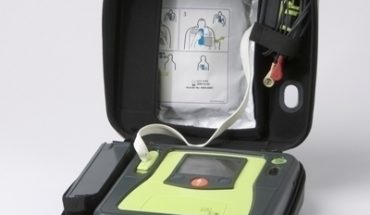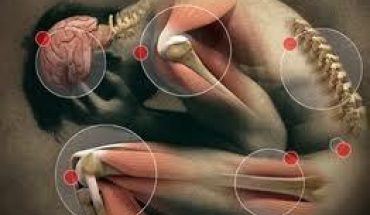Cholestasis is referred to as the reduction of bile flow from the liver to the duodenum. This reduction should not be confused with a disease, but a sign that a disease is present. A broader meaning of cholestasis is a condition where matters that are emitted into bile are retained. A Cholestatic disorder can however be present in cases where matters are not retained. Pregnant women in most cases are subjected to Cholestasis; this is because the sensitivity of the bile ducts to the estrogen hormone escalates during pregnancy. If a pregnant woman develops Cholestasis, she can expect it disappear by the fourth post-natal week, but she should anticipate its reappearance if she becomes pregnant again.
What causes Cholestasis?
Cholestasis can be categorized as either hepatocellular or obstructive. Hepatocellular refers to situations in which the flow of the bile has been impaired. Obstructive however, refers to the hindrance of the flow of bile. Cholestasis can also be caused by intake of medications that produces symptoms similar to hepatitis. Bile is a duodenal liquid that assists in the digestion of fat. The production of bile takes place in the liver but it is actually stored in the gallbladder and is later released through what is called the biliary ducts.
What are the symptoms of Cholestasis?
Every time the flow of bile is impeded, bilirubin seeps through and builds up in the bloodstream. It then causes cholestasis symptoms such as abdominal pain, indigestion of certain foods, passing of white stools, passing of dark urine as well as nausea and vomiting.
Jaundice is a depigmentation of the skin and it is usually yellow or pale, this is as a result of too much bilirubin being dumped in the skin, and dark urine is caused by the from superfluous bilirubin that is being excreted by the kidneys. Stools may become white in color as the passageway for the transportation of bilirubin to the intestine is blocked. Symptoms such as abdominal pain, indigestion, nausea and vomiting are sometimes dependent on cholestasis cases where ingestion occurs.
Cholestasis Treatment
Cholestasis treatment will try to remove or regulate the symptoms in patients. The discontinuation of the use of certain drugs may restore the liver’s function to normality, but it may be so severe that it requires surgical assistance in draining or removal of the obstructions, as well as to widen the affected bile ducts.
Cholestasis may not respond to medical therapy. Antibiotics are sometimes recommended to rid the body of bile salts as well as other toxic composites. Some patients with chronic cholestasis, who experience problems digesting fat, will need to limit their intake and consume calcium and vitamin supplements. If excessive damage has occurred, a liver transplant may be needed.
Cholestasis Prevention
- Get vaccinated for Hepatitis A, B and C.
- If you feel the urge to pass stool, then do so, do not try to control the body’s pancreatic system by keeping it.
- Consume fish oil at least twice per week.





